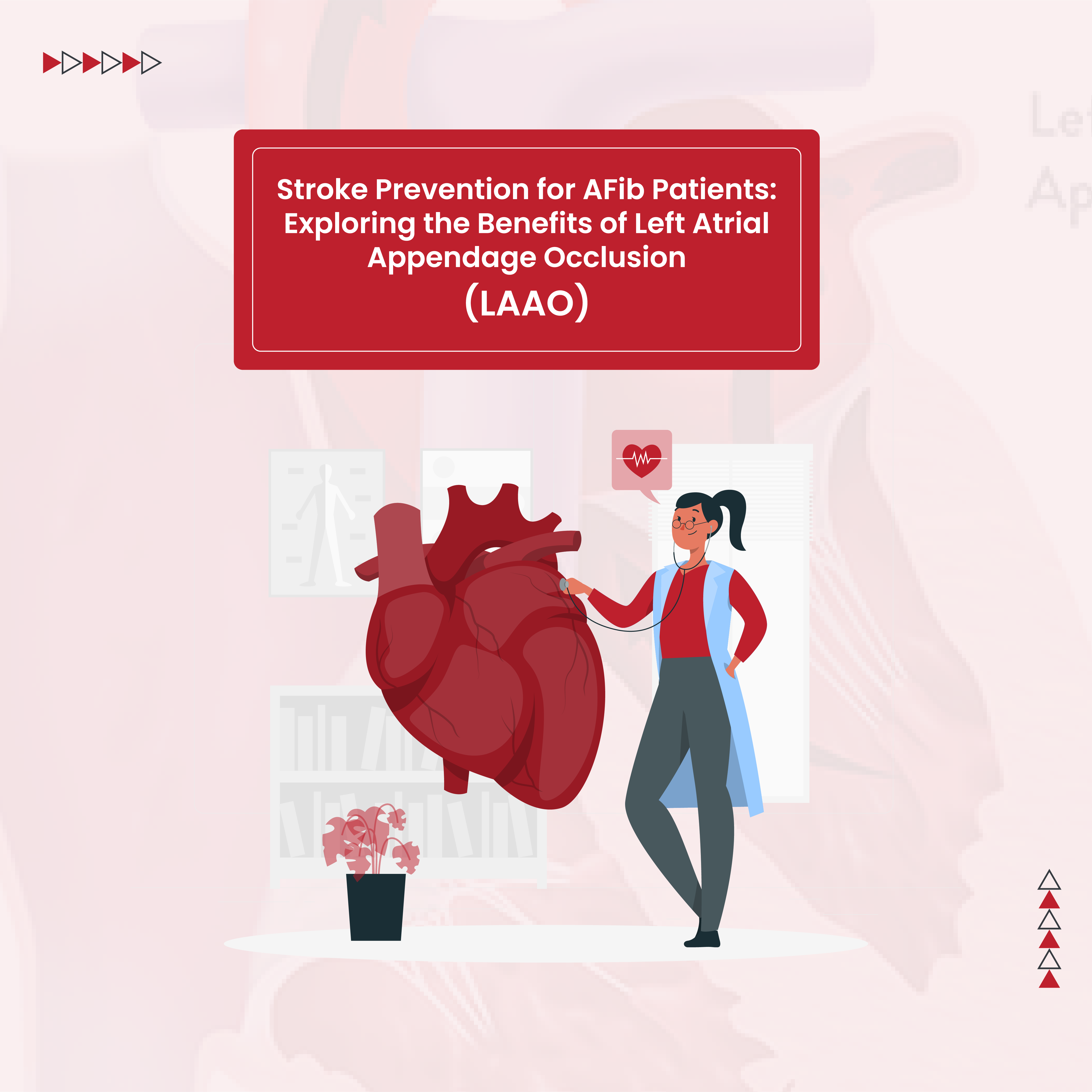Welcome back to The Scoop. In this post, Dr. Frank Laws addresses critical factors – including lifestyle dynamics – that can impact likelihood and persistence of this deadly disease.
When one is diagnosed with AFib it is important for us to elucidate the risk factors which may be present and which over the course of time can influence the duration and severity of atrial fibrillation. The actual risk factors for involvement in AFib can be divided into modifiable risk factors and non-modifiable risk factors. When we address patients with atrial fibrillation we are principally interested in the modifiable risk factors because over the course of time if we can aggressively address these risk factors. We can actually decrease one’s atrial fibrillation burden. Common risk factors which are associated with involvement of atrial fibrillation include smoking, excessive alcoholic intake, obesity, hypertension, diabetes type one and type two, valvular heart disease, sleep apnea – and of course, we have issues of genetics and one’s ethnicity and gender. The issues of ethnicity, gender and genetics essentially are non-modifiable risk factors. With respect to the modifiable risk factors, primarily the ones which when addressed appropriately can reduce one’s overall atrial fibrillation burden and intensity. We are specifically looking at obesity, alcoholic intake, hypertension and sleep apnea. We know for a fact that if one is overweight and we can reduce your weight to your BSA to less than 30 we can actually have a significant reduction in your overall atrial fibrillation burden, sometimes up to 36%. Similarly with the presence of sleep apnea – whether it’s central sleep apnea or obstructive sleep apnea – when identified and treated appropriately, whether with CPAP therapy and/or BiPAP therapy, we know that once we can demonstrate that we’ve normalized sleep efficiency, over the course of time can also decrease your atrial fibrillation burden between 36 to 40%. The other major modifiable risk factor which has now become of more importance is that of alcoholic intake. So the Australians have defined moderate alcoholic intake for females as one or more alcoholic beverages per day. For males, it is considered to be two or more alcoholic beverages per day. We know from data that if one can reduce alcoholic intake to LESS THAN moderate alcoholic intake on a daily basis, you can reduce the overall atrial fibrillation burden by up to 36%. Of course, other modifiable risk factors come down to optimizing blood pressure control, adequate control of diabetes mellitus, and if in fact one has valvular heart disease – addressing that entity whether that includes medication therapy or surgical therapy for replacement or repair of the deficient valve. All of these issues, when addressed appropriately, can reduce one’s overall atrial fibrillation over the course of time.
Thanks for your interest in The Scoop. You won’t want to miss the next post, which illuminates the process for working with Fix AFib, as well as the various methods to address and treat the disease.








